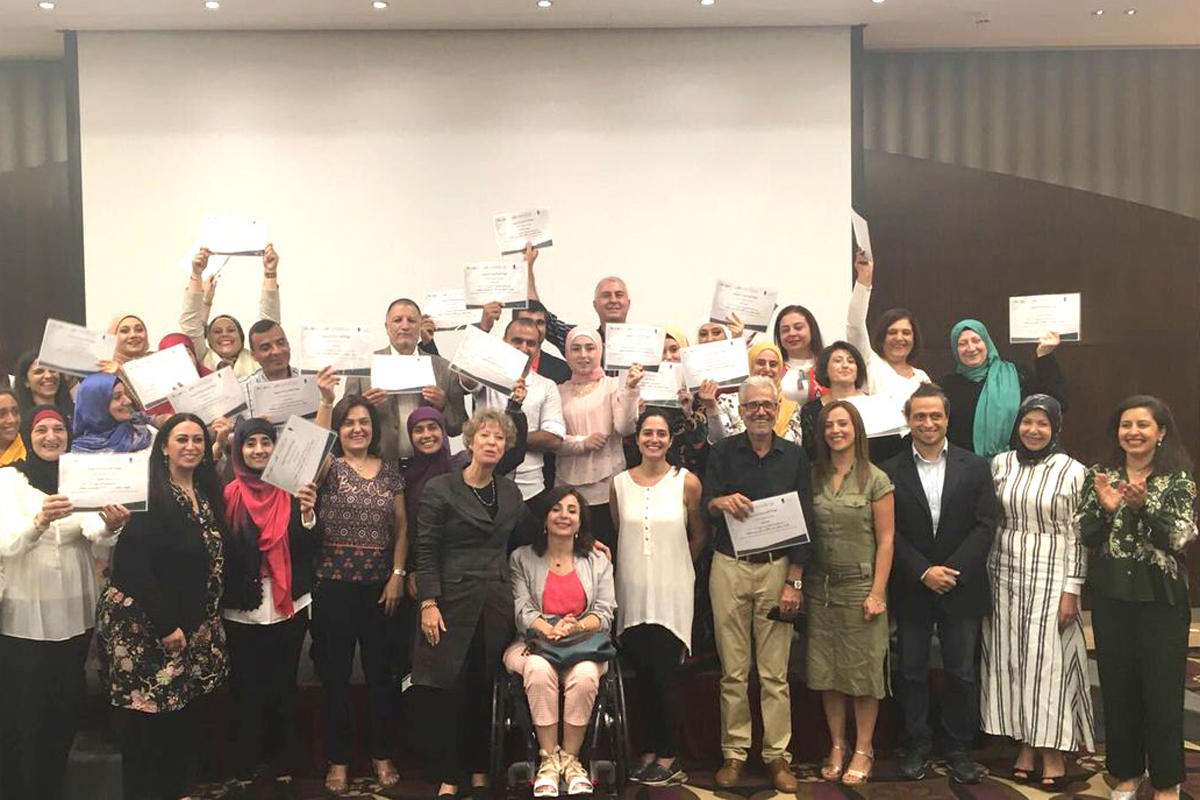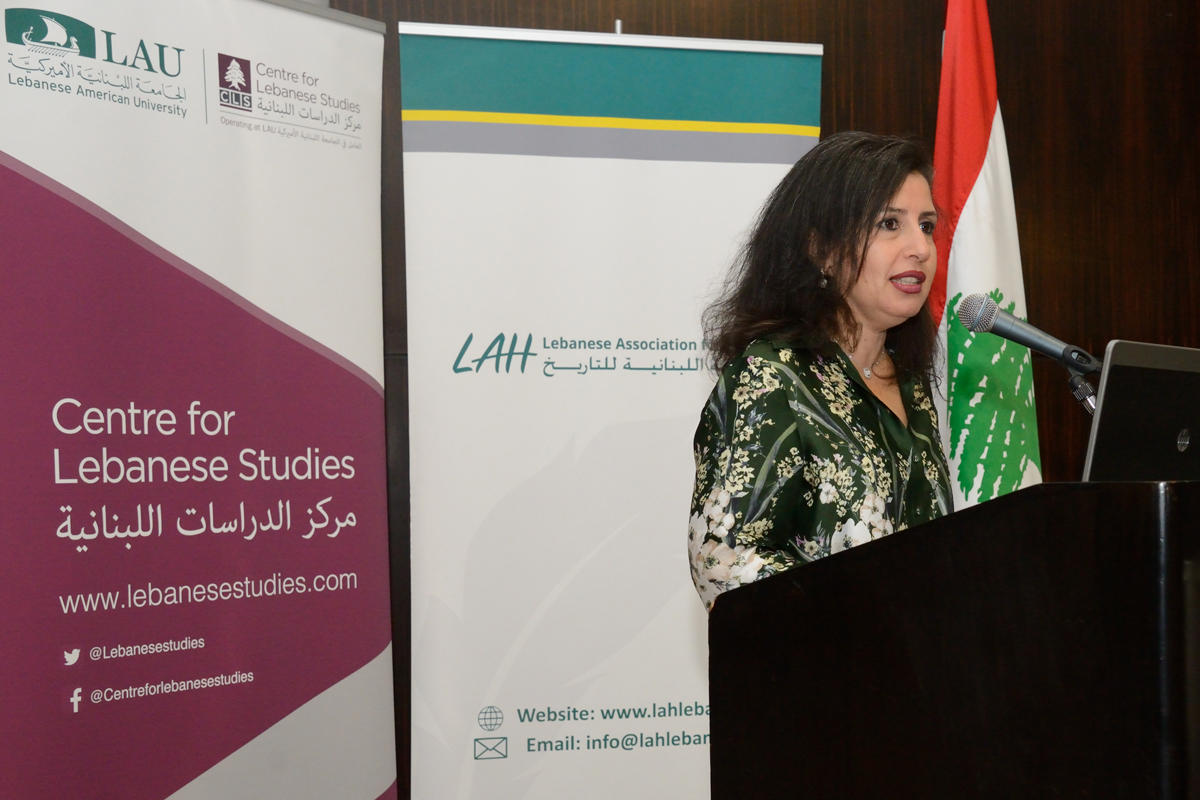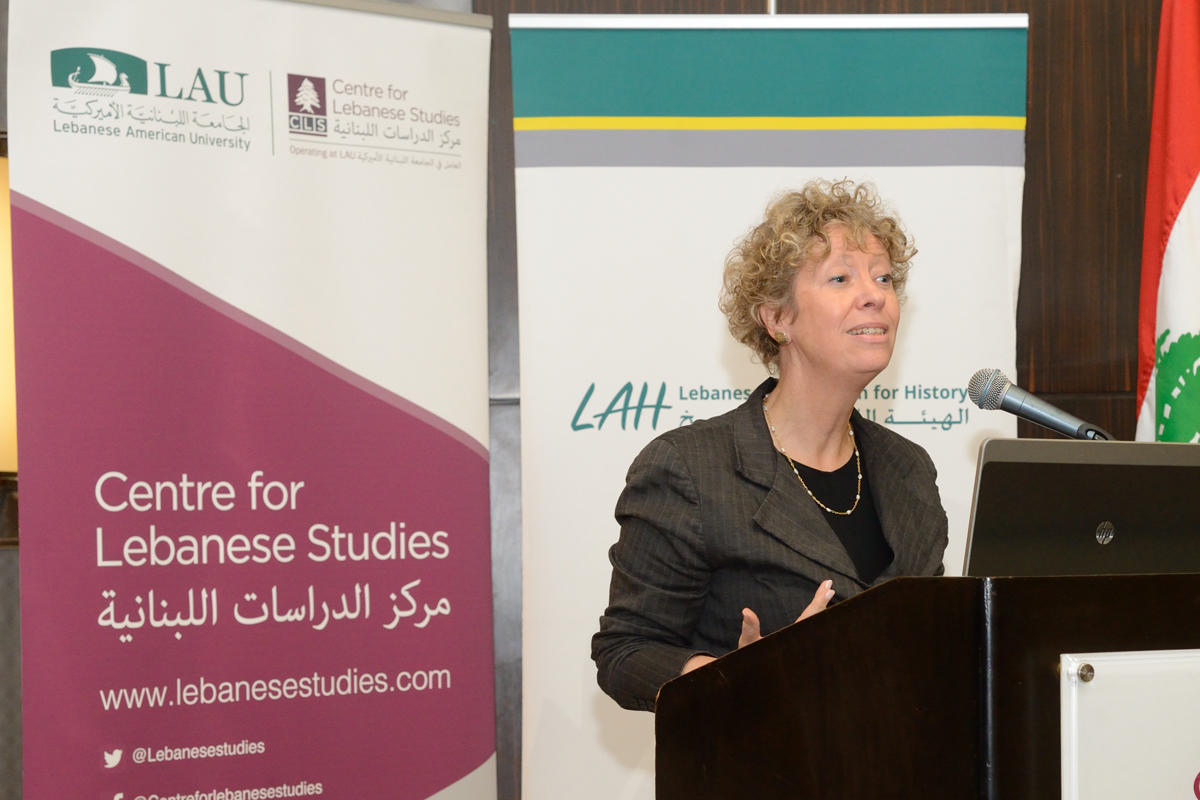History in the Making
CLS and LAH take a historic first step to train teachers, influence policy and advance the curriculum.
The Centre for Lebanese Studies (CLS) at LAU and the Lebanese Association for History (LAH) are on a mission to transform how students in Lebanon learn history.
According to CLS Director Dr. Maha Shuayb, the teaching of history in Lebanon has been “hijacked by politicians,” and the textbooks used by students across the country have not been updated since the 1960s.
CLS and LAH, who have collaborated since 2013 on a number of projects, took the first step toward much-needed change. On September 5, they celebrated the closing of the capacity-building project, How Do We Make Our Students Young Historians?
The two-year program trained history teachers from across the country to advance a pedagogical shift in history education, from memorizing a single narrative to learning history as a discipline. It also produced a teacher education curriculum guide to be presented to the Ministry of Education and Higher Education (MEHE) as a comprehensive professional development program.
The initiative, explained Shuayb, “puts the agency back in the history teachers’ hands and sets it on a development track, so that they can lead, experiment and engage their students in critical thinking and open debate.”
The sessions focused on moving away from the traditional grand narrative to a disciplinary approach that enhances historical thinking, favoring the experiential and collaborative classroom model, all while building a community of history teachers in Lebanon.
Though successful, the program was quite a challenge to bring to life. In a commentary, LAH President Nayla Hamadeh said that the biggest hurdle was in balancing the two teaching methods so that teachers can launch a change in their classrooms while keeping students on track for the official exams. To start with, the program meant that 36 trainees had to convene for 12 days of training across two school years, without it affecting their performance at work. They were also required to reconcile the new teaching techniques with the traditional, approved curriculum.
For example, the official exam, which is only based on students’ retention of information, could not be compromised. “Trainees had to find a balance between the value of changing their practices, while at the same time ensuring that their students actually pass the official exams, which are built around one narrative,” Hamadeh said.
Given the excitement that filled the room at the closing ceremony, the teachers’ enthusiasm, and the creative visual displays put up by the organizers, the initiative seems to have secured a longer-term influence.
Moving forward, LAH and CLS plan to diversify the workshops, expand them to include a larger number of teachers, and to work more closely with the MEHE in an effort to influence policy. In fact, the ministry’s support was evident at the event, with the presence of Dr. Nada Hassan, representing MEHE General Director Fadi Yarak.
As for funding, support for this specific project came through the Embassy of the Netherlands. Deputy Head of Mission at the embassy Margret Verwijk spoke of the significance of teaching history as a discipline. Quoting Dutch philosopher Spinoza, she said, “If you want the present to be different from the past, study the past.”



